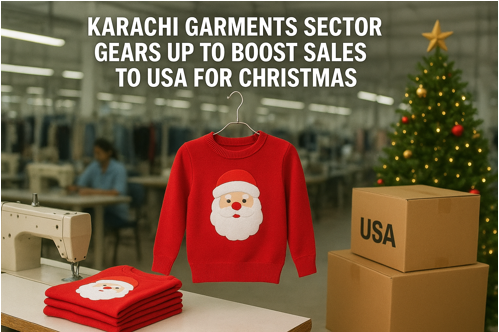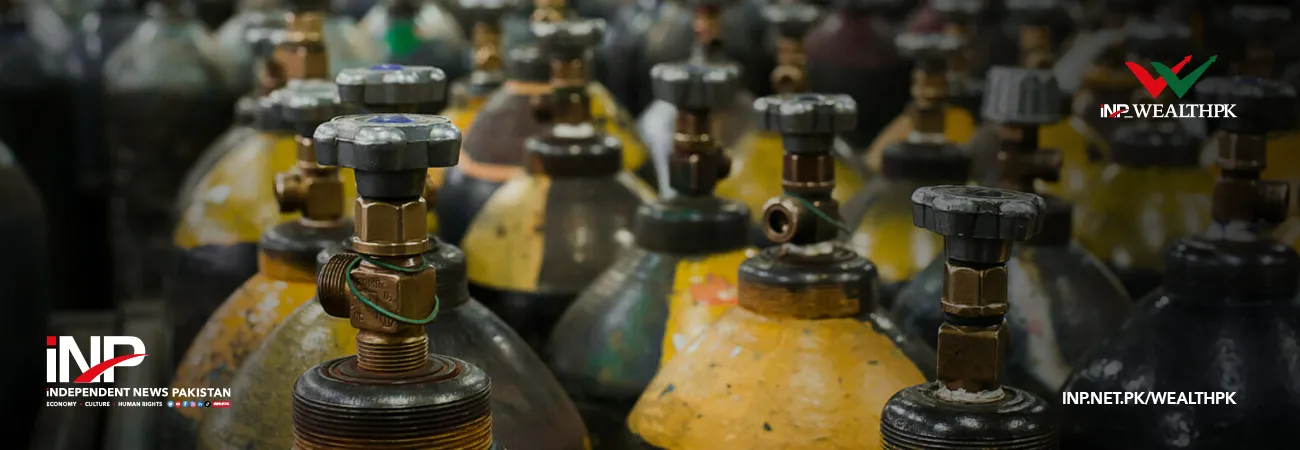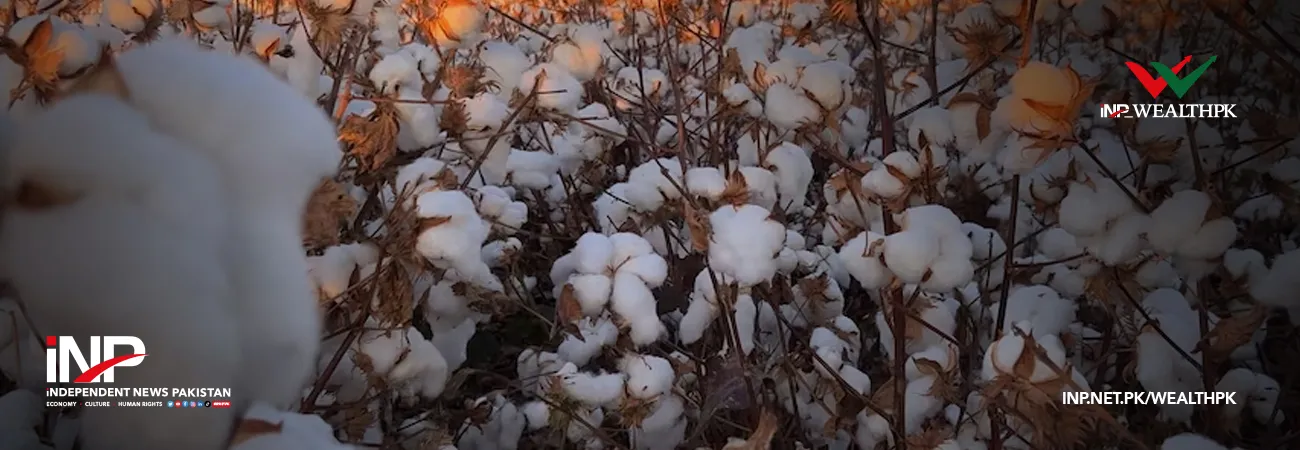آئی این پی ویلتھ پی کے
Ahmed Khan Malik
With the festive shopping season fast approaching in the United States, Karachi’s garment and textile manufacturers are ramping up production to meet a surge in export orders.The city’s apparel sector — the backbone of Pakistan’s textile exports — is operating at full throttle to fulfill Christmas-related demand, which typically peaks between October and December.
Exporters report steady growth in orders for winter clothing, knitwear, and festive apparel, reflecting renewed demand from major American retailers and brands. According to the exporters, the global apparel market is showing early signs of recovery after several quarters of inflationary pressures, supply chain disruptions, and subdued retail sales.
Industry sources told Wealth Pakistan that many factories in Karachi’s industrial zones — including Korangi, SITE, and North Karachi — are working at higher capacities to meet shipment deadlines for U.S. and European buyers. Several units have switched to double shifts and hired additional seasonal workers to ensure timely delivery.
“Christmas is always the busiest time of the year for us,” said Munnawar Rajput, a leading exporter from the Korangi Industrial Area. “Our main focus is on bulk orders for sweaters, hoodies, jackets, and knitwear — items that dominate U.S. holiday sales. This year, we’re seeing renewed demand from large retail chains that had cut back during the previous slowdown.”
He said American buyers began placing orders as early as July to guarantee the arrival of products ahead of the December rush. With long shipping times, most Karachi exporters are now finalizing consignments to meet pre-Christmas delivery schedules.
Pakistan’s garment industry continues to hold a strong competitive edge, supported by a skilled labor force and relatively low production costs. Karachi, in particular, hosts some of the country’s most sophisticated garment and knitwear units equipped with modern machinery and international-standard quality-control systems.
However, exporters warn that rising input costs — driven by higher energy tariffs, exchange-rate fluctuations, and inflation — are squeezing profit margins. Logistical challenges, including port congestion and elevated global freight charges, also remain significant hurdles.
“While demand is robust, margins are under strain,” said Baseer Nazar, who owns a garment factory in SITE. “Unpredictable energy costs and currency movements make pricing difficult. Still, we’re hopeful that the Christmas season will boost export revenues and stabilize cash flow.”
He stressed that maintaining consistent quality and meeting delivery timelines are critical to retaining U.S. buyers, who are known for their strict compliance standards. Many Karachi-based firms have invested in quality assurance teams, sustainability certifications, and digital tracking systems to enhance transparency and build buyer confidence.
Several exporters are also shifting toward higher-value segments — including fashion outerwear, athleisure, and holiday-themed garments — to capture a greater share of the market. “American consumers increasingly want affordable yet stylish apparel,” Baseer noted. “We’re focusing on design innovation and premium finishing to stay competitive.”
Analysts expect Pakistan’s garment exports to record modest growth in the final quarter of 2025, led by strong seasonal demand from Western markets. Karachi’s dynamic garment cluster, which contributes a major portion of the country’s apparel shipments, is likely to play a pivotal role in driving that growth.

Credit: INP-WealthPk











